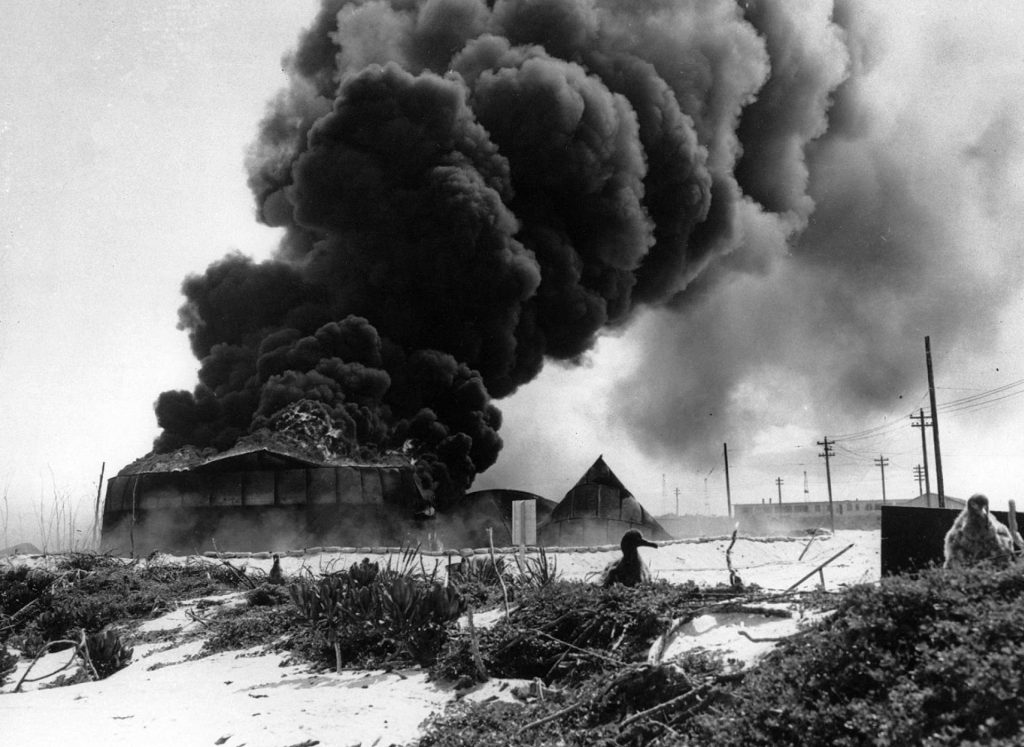The Battle That Turned the Tide of WWII
Midway – The name echoes through history as the fierce battle between two warring giants over these three small atolls, Sand Island, Eastern Island with Spit Island nestled between them. The potential they held not only demonstrated the first real victory for America over the Empire of Japan in the Pacific Theater but changed the trajectory of WWII.
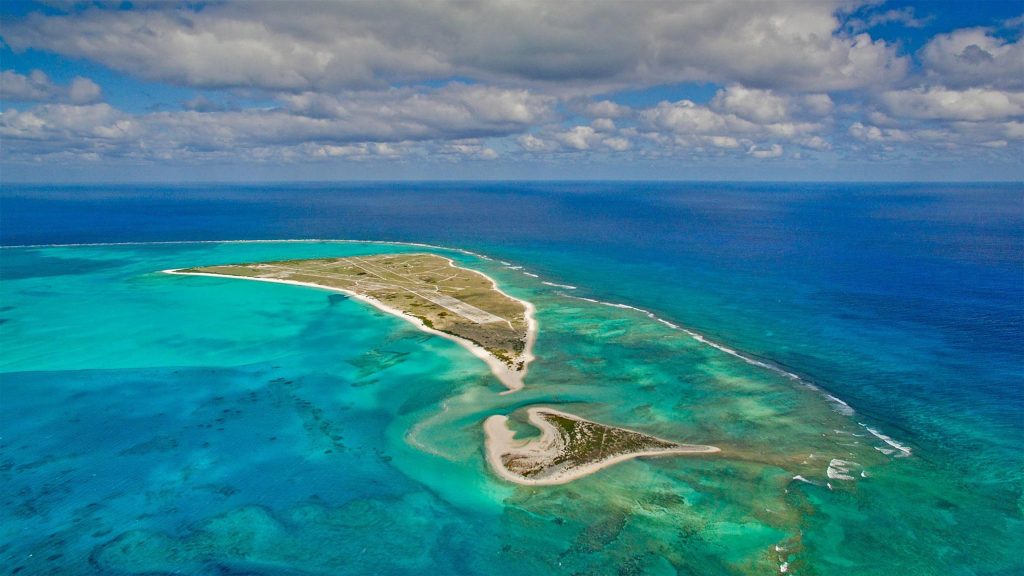
Midway, so called for its position approximately halfway between North America and Asia, for centuries was inhabited by Hawaiians calling the small mounds of earth “Island of the Birds” or in their native tongue “Pihemanu.” In 1867 these atolls were annexed by the U.S. and, with a stroke of the pen, renamed.
U.S. optimism faltered; we needed a win.
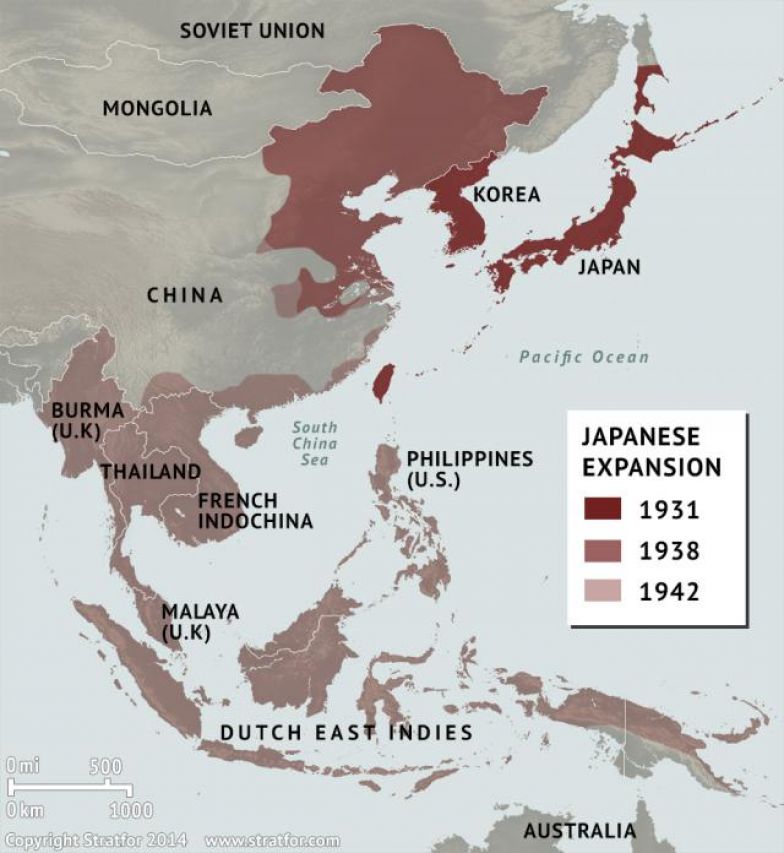
It is imperative to remember that leading up to this famous campaign at Midway, from June 4-7, 1942, America was losing. The attack on Pearl Harbor six months earlier on December 7th, 1941, and simultaneously on the Philippines, devasted a portion of our fleet while drawing us into an unwanted war.
Immediately after the attack on Pearl, Japanese submarines prowled the West Coast from Alaska to Mexico sinking several of our ships, some carrying much needed supplies. By the end of 1941, five Americans had died in the waters between Washington State and California from the submarine’s attacks. Morale sunk with each ship.
Across the Pacific, continuing the march south, the Nippon Emperor sent his forces to expand his holdings into French Indonesia, Thailand, Burma, the Dutch East Indies, and eventually New Guinea, putting Australia within reach.
Unbeknownst to our enemy and our citizens, sequestered away in an unobtrusive basement bunker at Pearl Harbor, was our secret weapon Station Hypo where Captain Joseph ‘Joe” Rochefort sat in his bathrobe over his khakis (as was his choice) cracking the Imperial Japanese Navy’s Ro or Naval Codebook D code. With the input from Allied cryptologists, by March of 1942 the US could decipher 15% of the Japan’s Ro code and by late April up to 85%.
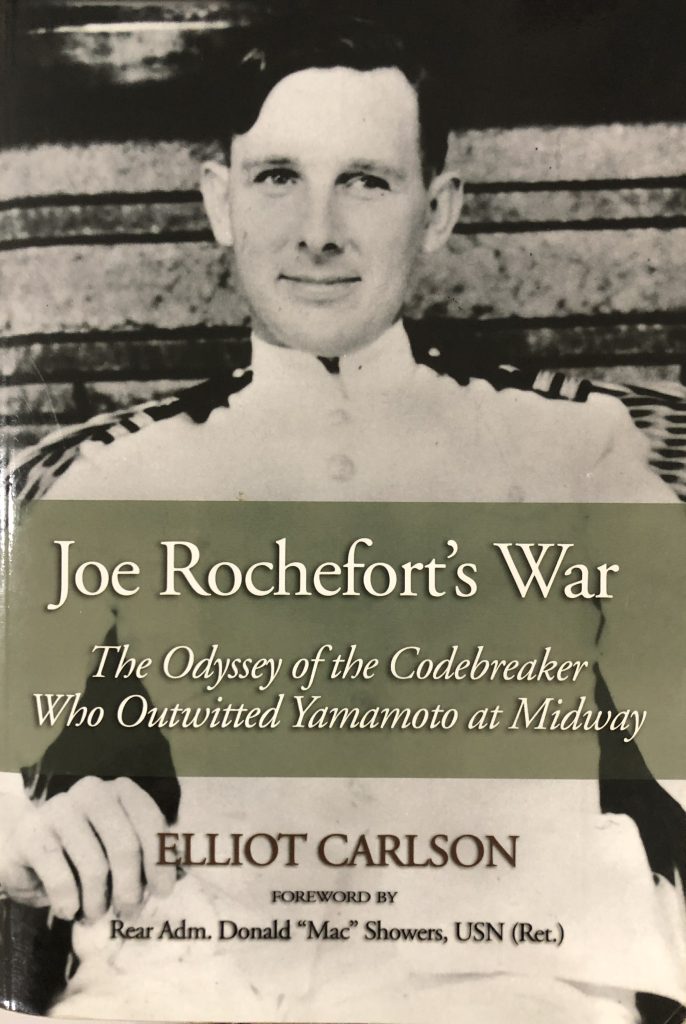
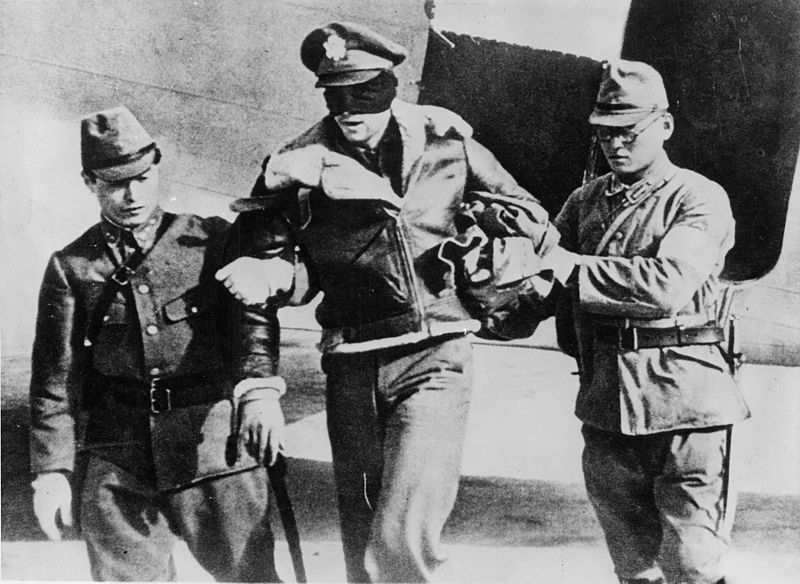
The First Strike on Japanese Soil
Encouraged by the revelations of these code breakers and the bravery of US flyboys, on April 18th, 1942, Doolittle’s Raid or Tokyo Raid brought ‘loss of face’ to the entire Japanese nation. While the enemy death tool only reached 50 with 400 injured, the humiliation instilled doubt about their military’s ability to defend their islands.
In response, this new sense of fear elevated Admiral Isoroku Yamamoto’s plan to attack Midway. A plan to draw out US Navy ships not destroyed at Pearl Harbor, specifically our three aircraft carriers, into battle and sink the American fleet and hopes once and for all.
Concurrently, Japan developed Operation MO with its eye on cutting off American communication and established bases in Australia. They attacked and occupied Tulagi off Papua New Guinee which resulted in the famous Battle of the Coral Sea, April 29th – May 8th. The first naval aircraft carrier to aircraft carrier battle of the war. While we lost the infamous “Lady Lex”, the USS Lexington, the IJN suffered the loss of several pilots and ships that would hamper their thrust toward Midway.
Undaunted, Yamamoto pressed forward with his plan for Midway. Cleverly, the Imperial Japanese Navy would send ships to also attack Dutch Harbor, Alaska on June 3-4. A decoy to the real battle.
Scrambling to establish where and when the concentrated attack would take place, one of Rochefort’s team famously suggested they send a bogus message across the airwaves stating water was running low on Midway Island.
When Japan took the bait, informing their ships of the predicament at Midway, it not only established the attack would be as Rochefort suggested, but it helped build his knowledge of their Ro code.
The Stage Set – America Prepares.
On May 27, 1942, during the Pacific Fleet conference, Chief Naval Intelligence Officer Lieutenant Commander Edwin “Eddie” Layton presented the prediction prepared by Rochefort’s team at Hypo to Pacific Fleet Commander Admiral Nimitz.
The Japanese “carriers would probably attack on the morning of 4 June, from the northwest on a bearing of 325 degrees. They could be sighted at about 175 miles from Midway at around 0700 local time.”
On June 3rd, when the PBY’s, Patrol Boats Catalina, first spotted the Japanese fleet approaching Midway they radioed their finding back. The next morning when the enemy attacked the atolls, Nimitz, smiled at Layton then quipped, “Well, you were only five minutes, five degrees, and five miles out.”


One of those PBY pilots, Jack Holder, a Pearl Harbor survivor who would go on to complete over 100 missions during WWII, I had the honor of meeting. Jack was adamant it was his PBY that radioed in with the first sighting, an alert that saved many lives. On the first day of battle his PBY took off early to help communicate the whereabouts of the enemy. Later, in the dark, low of fuel, they set down at sea, not knowing if there was an American held island to return to. In his book he tells of how he grabbed a sleeping bag, a rope and went up onto a wing, strapped himself down, then slept under the stars praying the US won the battle. Jack’s book, Fear Adrenaline and Excitement, recounts that restless night along with many others, and is almost as lively as the man was himself. Jack was honored in Los Angeles and Hawaii in 2019 at the premiere of the movie Midway. He lived to be 101. Rest in peace, Jack.
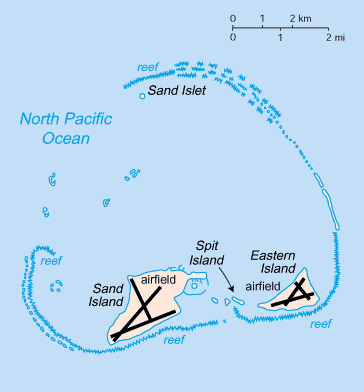
The hard-fought air battle continued with the US sending fighter pilots from land and sea.
It is hard to imagine the sweltering heat, smoke, thundering of bombs, fear, loss of life, loss of ships such as the aircraft carrier the USS Yorktown, simply the immensity of this battle. While the written word, photos, interviews tell so much, it is the revelation of deaths and destruction that truly paints the picture.


By June 7th the remaining fleet of the Land of the Rising Sun was scurrying in retreat, attempting to salvage the last of its ships.
While we give thanks to those young pilots, sailors, and infantry men who bravely fought and died for our freedom in the days of Midway’s unforgettably intense struggle, it was the intelligence gathering of the code breakers, such as Rochefort and Layton, who also should be recognized for their contributions in truly turning the tide for the United States to prevail during the devastation of WWII.



The Battle of Midway, “The Island of Birds”, conclusion was a sweet song for America, the undisputed winner, destroying much of the enemy’s fleet, bringing a renewed sense of hope across the US and to our Allies.
